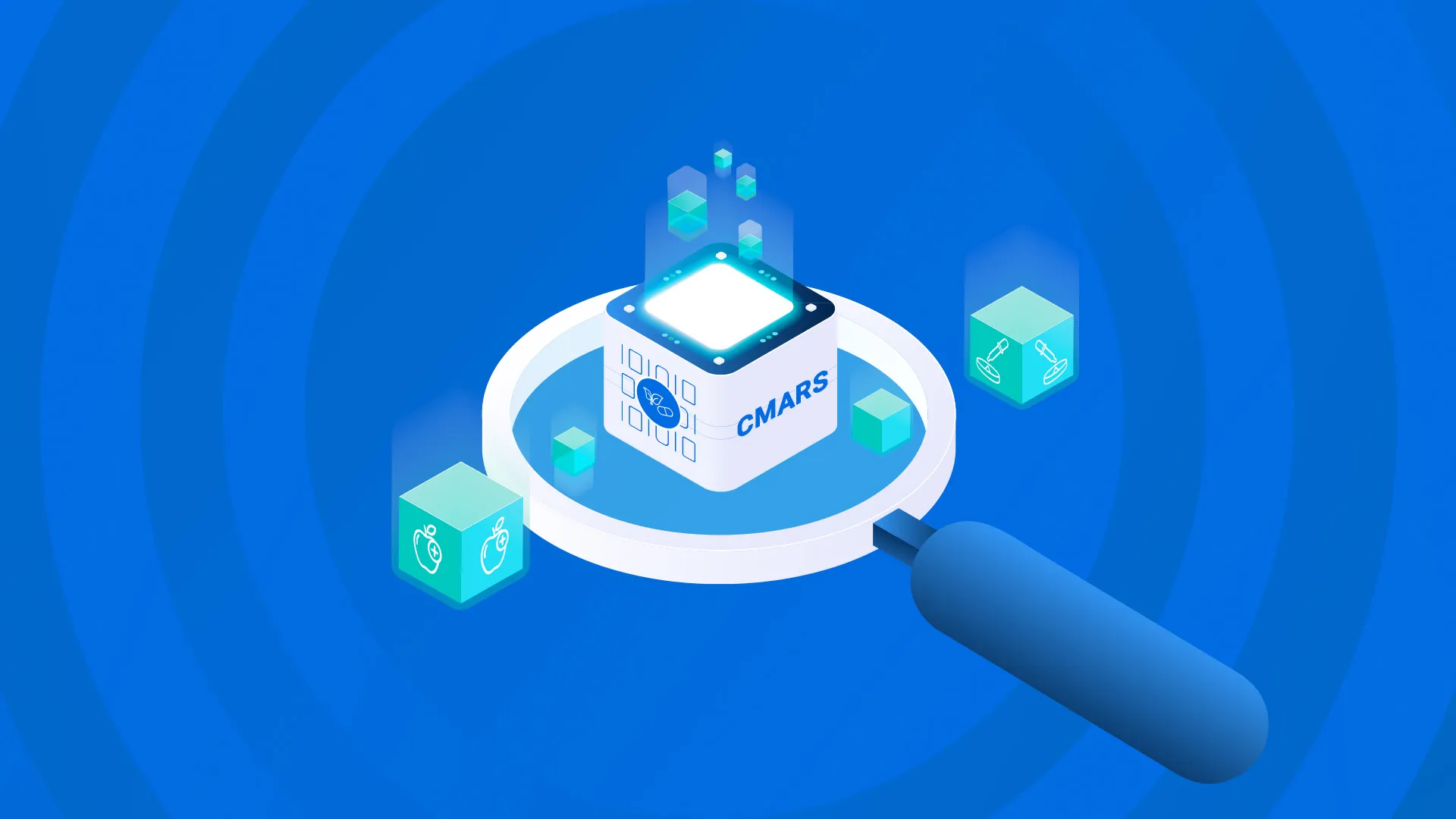By Wagish Bhartiya, Chief Growth Officer, REI Systems
Featured in Washington Technology
Wagish Bhartiya, chief growth officer for REI Systems, explains that while midsized government contractors feel the squeeze, they still have some advantages they can leverage.
Today’s government IT contractor market is structured to be bi-modal: there are thousands of small firms striving to earn set-aside business, build back-office functions and achieve scale. And there are numerous very large, multi-billion-dollar companies that dominate the headlines.
In between these two groupings are midsized firms. They lack access to set-aside contracts directed to smaller, fledging enterprises. But they are also often unable to pursue large contracts that have prohibitive administrative, contractual or past performance-related requirements. When it comes to government contracting, midsized firms are stuck in “no man’s land.”
On one side, the market is increasingly favorable for small businesses. More and larger IT contracts are set aside for socio-economically disadvantaged businesses. According to research by Bloomberg Government, since fiscal 2014, the number of small businesses has fallen by nearly 33%. However, the total dollars obligated to small businesses has increased dramatically to 26.5% of all fiscal 2022 federal contract dollars, up $8.7 billion from fiscal 2021.
On the other end of the spectrum, billion-dollar enterprises have an imperative from Wall Street or their private equity financial sponsors to continue growing both top-and bottom-lines, and can deploy their large balance sheets to grow through acquisitions.
As a result, midsized government contractors are squeezed, so few exist or last.
There are also structural impediments that add pressure on midsized firms. Stringent compliance requirements and certifications are often needed to win larger contract awards – that is understandable. But paradoxically, the government makes it hard for interested firms to gain these certifications unless they already have work that requires the very same credentials.
For example, companies may have to undergo a Contractor Purchasing System Review (CPSR) with the Defense Contract Management Agency (DCMA) to ensure their efficiency and effectiveness with government funds once they exceed $50 million in anticipated annual sales. That makes sense. But unless a firm has an existing contract that requires the DCMA audit, no such review can occur, rendering the pursuit of new contracts with those requirements almost impossible. That doesn’t make sense.
Instead of wallowing in the face of their challenges, midsized firms should pursue the advantages of the Goldilocks Effect and embrace the notion that they offer the best of both worlds: They can be as nimble, agile and innovative as small businesses, but with more staff, experience and resources to transform compelling ideas into reality.
Not too hot, not too cold, just right.
What’s more, midsized firms don’t typically have as many customers as large corporations. A new agency customer isn’t just another line on a spreadsheet or bullet in a slide. A midsized firm can provide greater attention and focus to each agency customer and its objectives. This results in a partnership model between the agency and its contractor which leads to better mission outcomes.
Not too hard, not too soft, just right.
Each midsized firm should give serious thought to how it can establish its own Goldilocks Effect. A few strategies to consider include:




